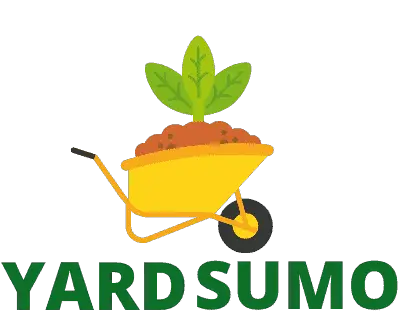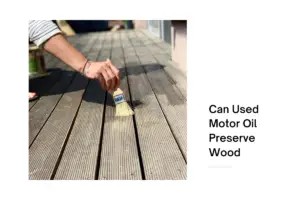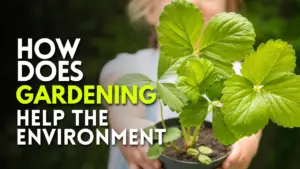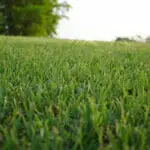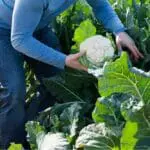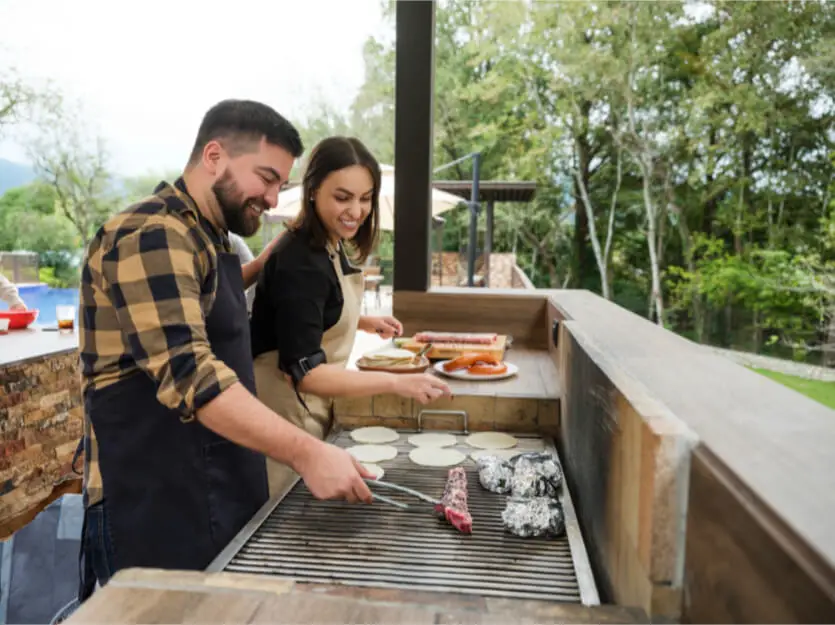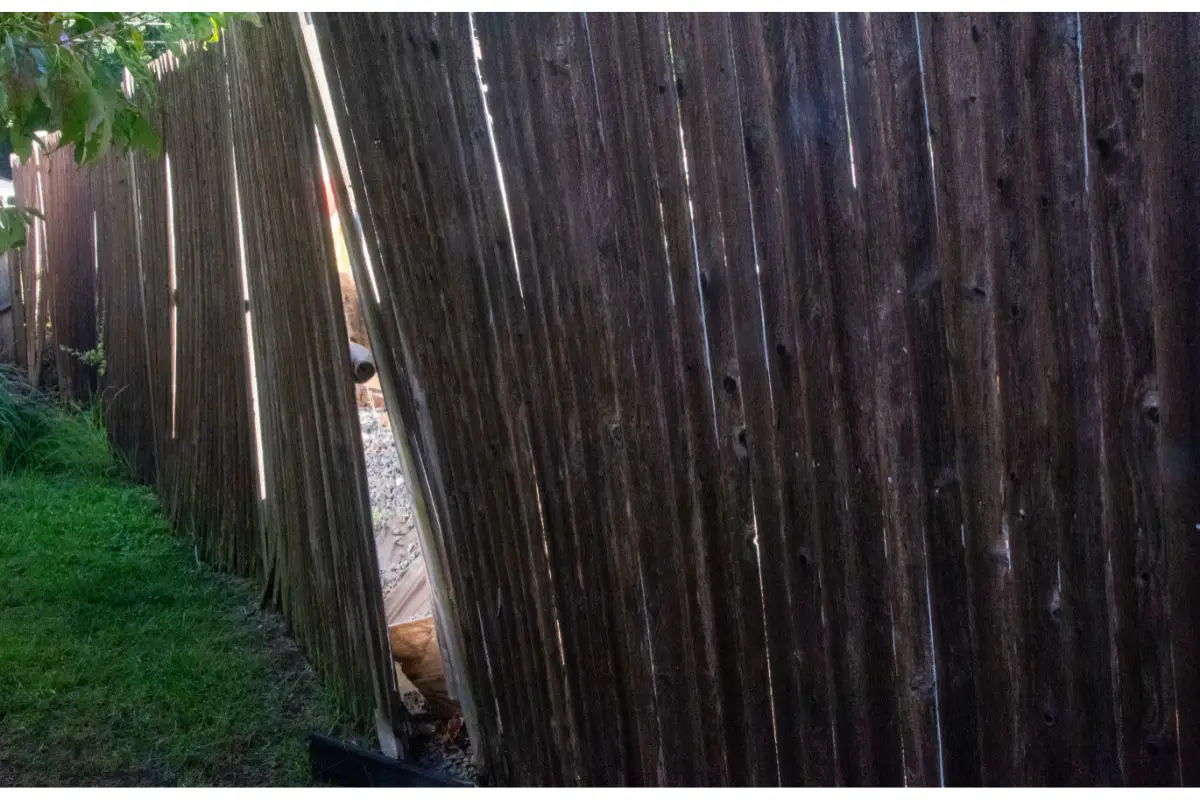Knowing when to harvest your produce is one of the most challenging questions gardeners face. Whether you are new to the game or have years of experience, differences amongst species and varieties of vegetables can make it seem like an impossible riddle to answer.
Fear not here is a useful guide that will talk you through when to pick your yellow squash, as well as some other useful pieces of information to keep under your hat.
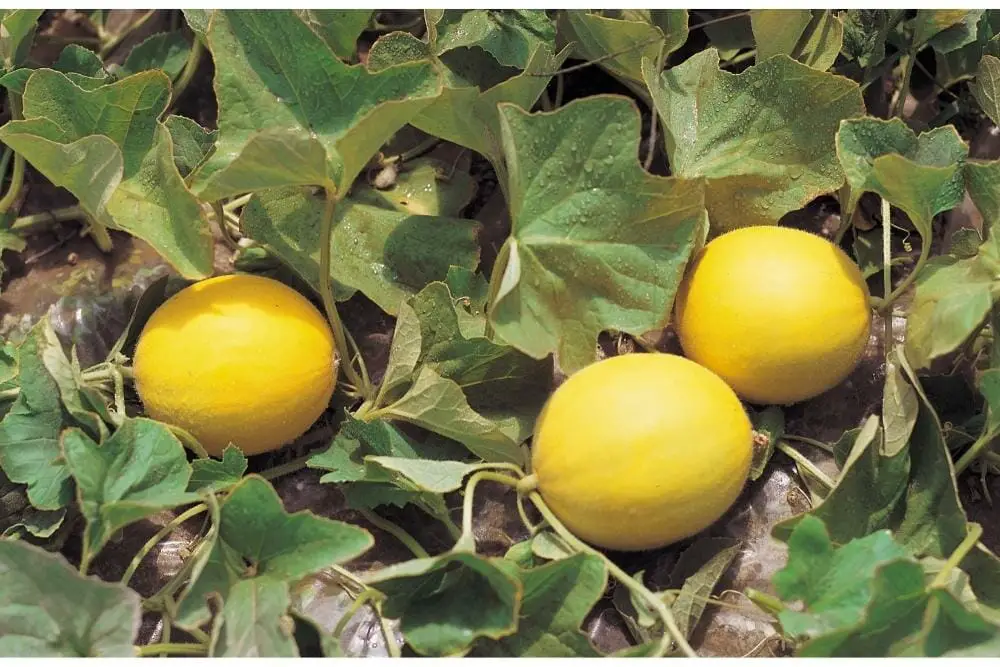
Quick Guide
In a rush? Use this quick guide for an overview of when to pick yellow squash.
Yellow squash are ready to be harvested when they are a light shade of yellow. At this stage of development, most squash will be around six inches long and roughly an inch in diameter at the thicker end.
Yellow squash are ready to be picked earlier than many gardeners think. Be sure to check your plants regularly to gauge ripeness so you can harvest before the plant overly matures the squash which will be tough and unpleasant to eat.
Regularly checking your squash plant also means you will be able to remove any bad or damaged squash quickly. This kind of maintenance is important if you want to grow lots of healthy squash.
How to tell when a yellow squash is ready for harvest
Size
Easily enough, the length of the squash determines the circumference. The larger the circumference, the more the seeds inside the vegetable will have developed. Mature squash seeds can be quite tough and are not all that pleasant to eat so try to pick yellow squash before the seeds toughen everything up.
When looking at the squash, consider the size. Aim to harvest when they are roughly six inches in length, but feel free to harvest earlier if you notice your yellow squash is particularly plump.
Signs at the Blossom End
Yellow squash can grow in peculiar shapes so sometimes looking at the size of the squash is not going to give you a good indication of when to harvest. If you factor in the shape at the blossom end, you are more likely to harvest squash that are ripe but not so ripe that the vegetable is tough.
Keep an eye on your yellow squash as they grow and if you see that the end is becoming much bulkier than the neck, it is probably ready to be picked. There will always be a larger diameter at the end of the squash than the neck but the squash is ready if this difference becomes much more noticeable.
If using this method, aim to harvest your yellow squash when they are just over an inch in diameter. It is at this point that the seeds are nice and soft but they can rapidly mature so be quick.
Colour
Yellow squash are yellow from when they first appear on the plant, but there is a subtle change in color as the vegetable develops.
If left to mature, the yellow squash will eventually develop skin that is dark and almost orange. At this stage the squash is overripe and the skin will be tough as well as the seeds.
To avoid this, aim to harvest the yellow squash when they are a light yellow color but harvest immediately if the squash gets to a dark yellow – at this point, you will have hopefully intercepted before the seeds have a chance to toughen the fruits of your labor!
Color variations
While some color variations could indicate a problem with the plant, most markings on the squash are perfectly fine. Most commonly these marks or lines are the result of the squash rubbing up against the plant as it grows.
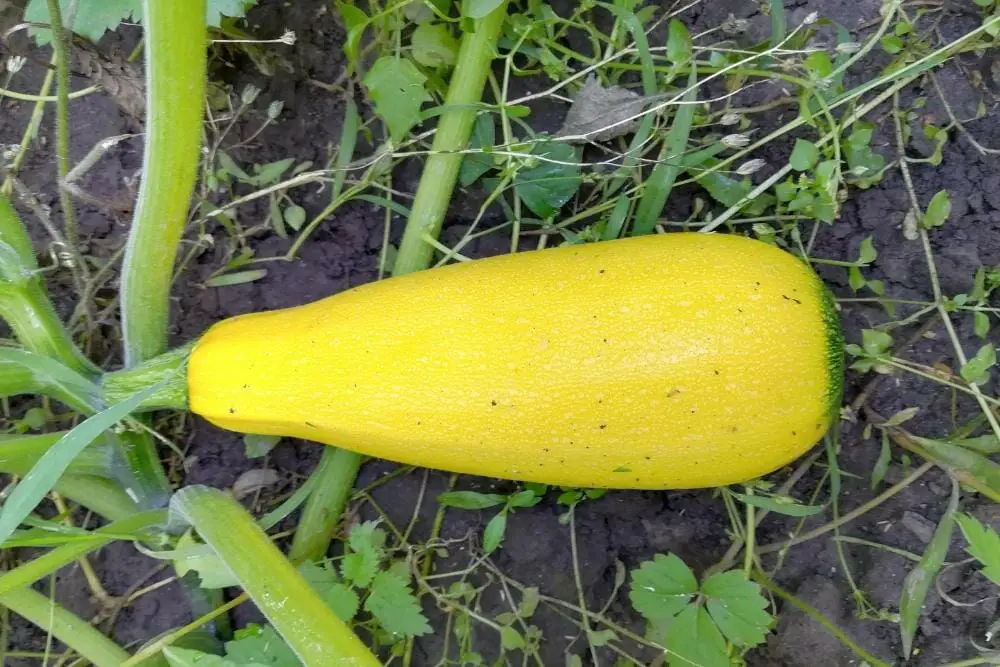
How to pick
Now you know when to harvest, it is important to know how to harvest yellow squash to avoid damage to the plant and the vegetable.
Be aware that yellow squash plants can feel a little spiky due to the hairs growing out of the stem. These hairs can sometimes grow on the squash as well. Do check your variety of yellow squash though – not all varieties grow hair while some grow a lot.
If your squash does have hairs on it and you do not like the feeling or they are uncomfortable when touched, you can wipe them off.
You can either just use your hand or you can use a cloth and slide from the neck of the squash down to the bottom. This will bump any hairs off without causing any damage to the squash or vegetable.
Now you can grab hold of the squash without issue, twist it. Ripe and healthy squash will be securely attached to the vine so be firm but gentle.
For a squash that is the perfect ripeness, you should not need to twist more than three times in the same direction before it comes off. Make sure to be gentle to not damage the plant.
If you are harvesting a more mature squash, remember that the stems toughen with age in the same way the seeds do so proceed with extra caution. You can still pick the yellow squash with the same twisting motion but it may be wise to grasp the stem with your other hand for added stability and to make sure you do not pull up the plant from the soil.
Before use or storage, you need to rinse the squash and remove any remaining bloom from the blossom end.
Hot Tips
Do not be afraid to remove the bad squash, this is actually a very important thing to do if you want to keep your squash plant in good condition to make lots of squash.
Picking off bad squash will prevent vital nutrients to unhealthy squash and may limit the growth of their healthy counterparts so make sure to check for yellow squash that are turning brown at the base or are becoming soft and shriveled. These squash should find a new home in the compost.
If you notice that your squash is withered in some parts or has soft spots, you have a watering issue and need to adjust your technique.
Try watering less frequently so the roots are not waterlogged and drowning. If caught early, overwatering should not affect the taste or texture of your squash after they have been harvested.
